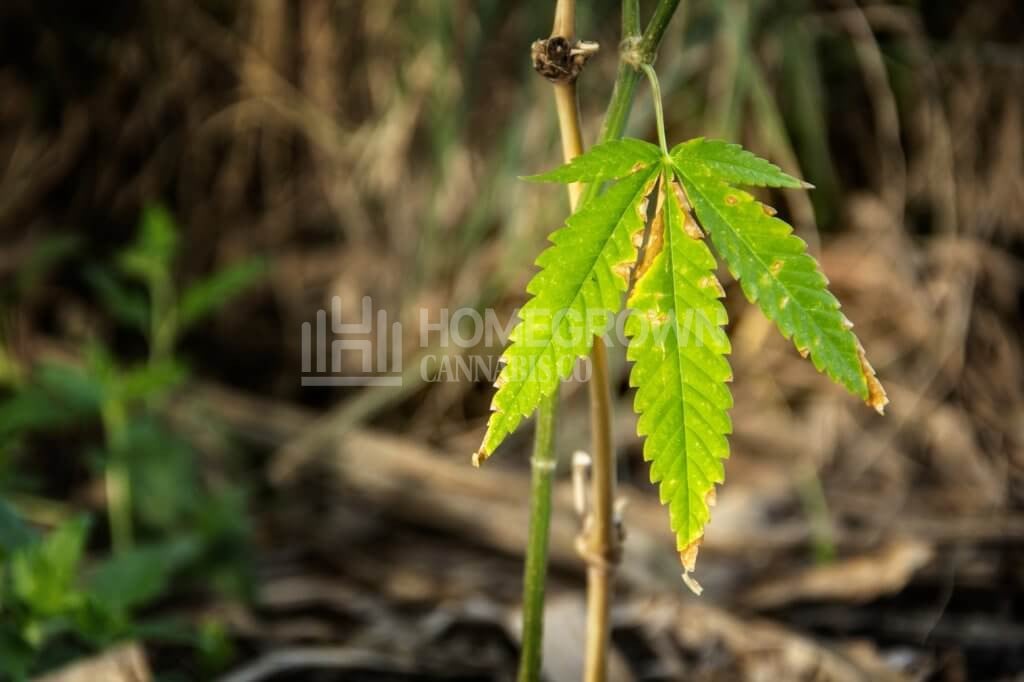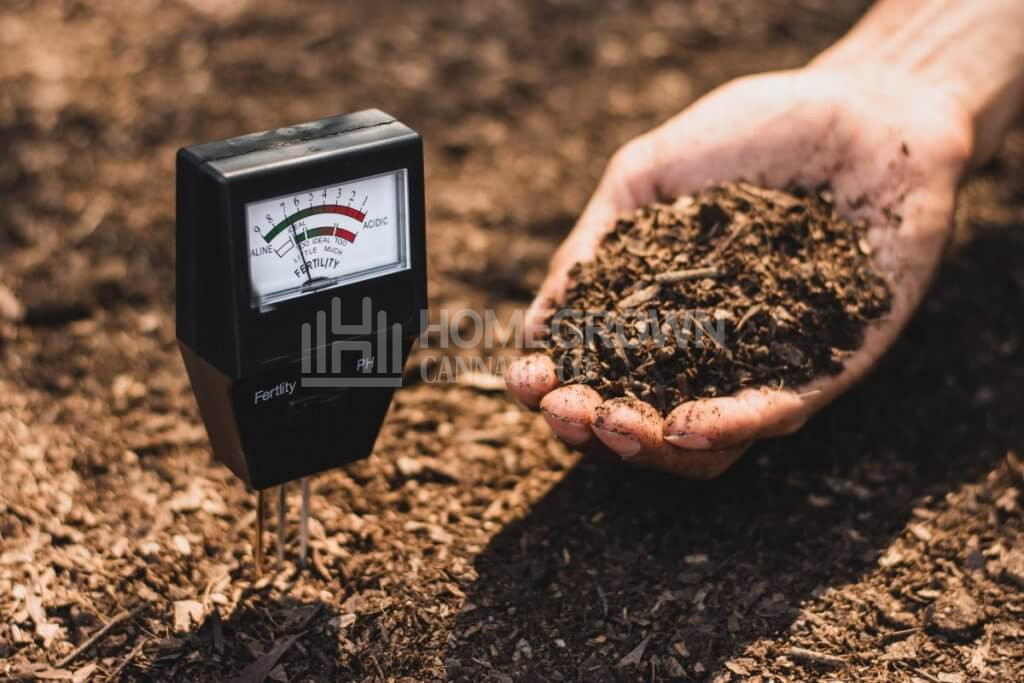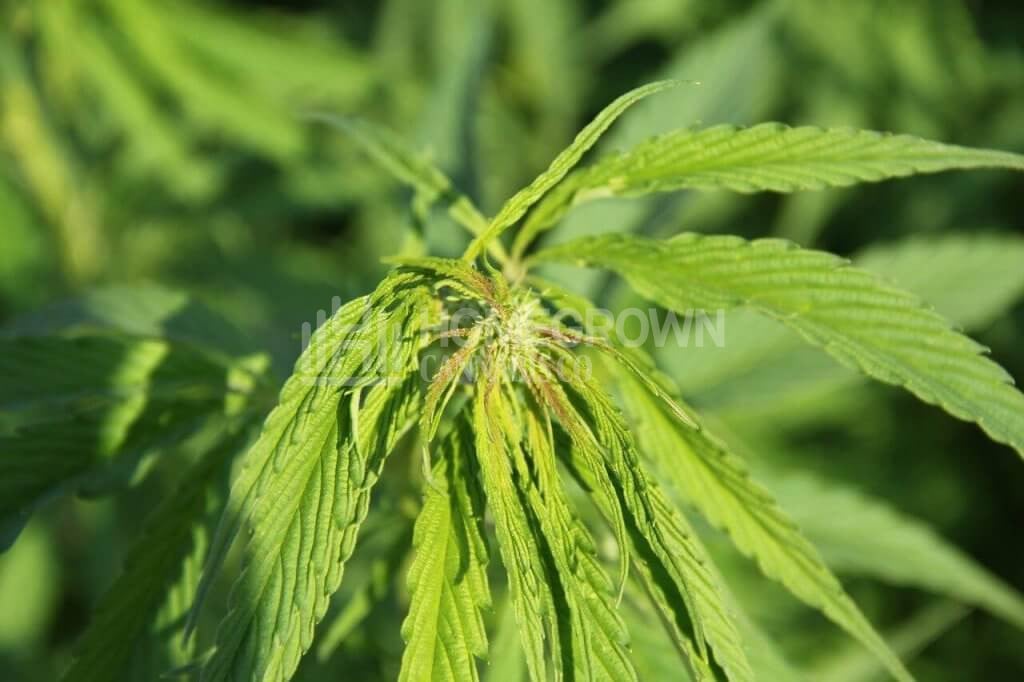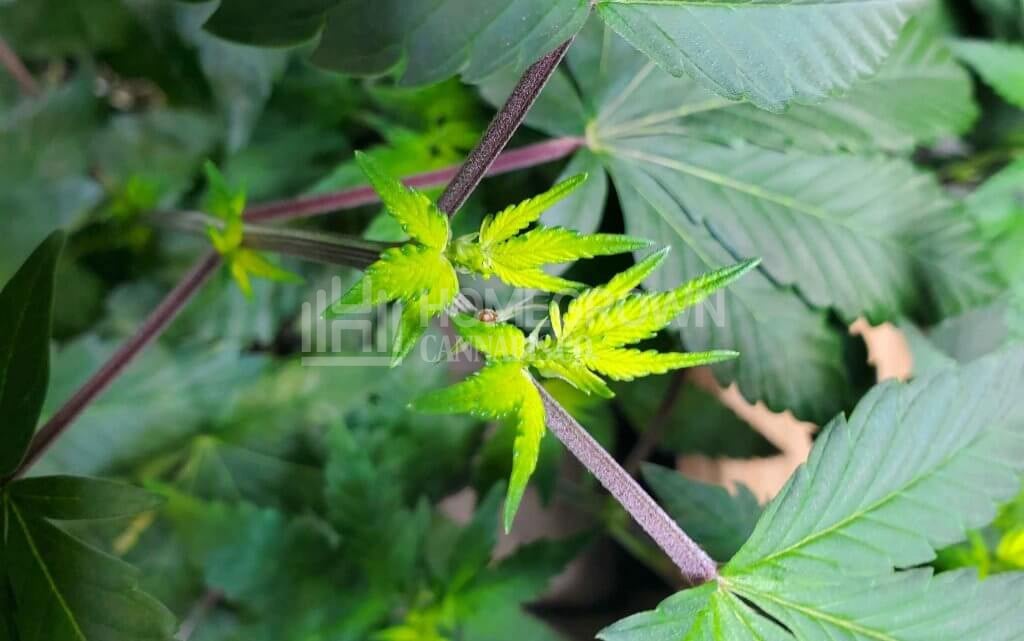What Is Copper Deficiency In Cannabis?
If you’re here, you’ve probably heard of copper deficiency in cannabis. It sounds complex, but it isn’t. Be careful not to underestimate it, though; this deficiency can seriously compromise weeks of hard work.
With marijuana legalization finally gaining traction in several states, many of us have taken to growing cannabis in our homes or backyards. While cultivating your weed from seed to harvest is quite rewarding, it’s not all trichomes and fat buds.
Read on to understand what copper deficiency is, spotting deficiency symptoms, and the best treatment is for your plants.

What is copper deficiency?
Copper deficiency in cannabis is the lack of this micronutrient in plants.
Though unusual, copper deficiency in marijuana can happen. If untreated, it creates permanent problems. So we highly recommend reading on to understand how to prevent or take care of this problem.
The origin of a copper deficiency is usually an imbalance of the pH level in the root area.
Get a soil pH tester to monitor these levels.
Copper deficiency in cannabis looks like nutrient burns. Let’s learn how to tell the difference.
- Copper deficiency makes the tips of the leaves yellow or white. The center of the leaf becomes a darker blue or purplish shade.
- Nutrient burns make the tips of the leaves yellow too. The difference is that the yellow parts gradually become brown, dry up and crumble away (as if burned by fire).
That’s how you tell the difference between nutrient burns and copper deficiency in plants.
If copper deficiency hits your crops during the flowering stage, it can damage your yields. Don’t you worry, we’re here to help you.
Understand that when there’s cannabis copper deficiency, the plants don’t have enough energy for the buds to flower and for trichomes to evolve. So, if we don’t treat the issue, our beloved buds will stop growing.
Now you know what copper deficiency in plants is.
Note the opposite problem we can face is copper toxicity in your plants.
Copper toxicity prevents your plants from absorbing iron, the leaves turn yellow, the roots grow unusually large, and the plants start drying. It affects a few leaves at first, but it can end in wilting of the whole plant.
As with deficiency, copper toxicity is uncommon. But if left untreated, it can kill your plant. As mentioned, closely monitoring the cannabis pH levels can help you avoid unpleasant surprises.
Under normal circumstances, cannabis plants can absorb and employ copper if the pH levels are between 6.0 to 7.0 in soil or 5.5 to 6.0 in hydroponics.
What does copper do for plants?
What does copper do for plants? Well, marijuana plants require the primary nutrients, known as macronutrients:
- Nitrogen (N)
- Phosphorus (P)
- Potassium (K)
Micronutrients like copper are also vital in your plant’s life. While required in low quantities, you should still monitor the ratios in nutrient solutions to avoid copper deficiency in your plants.
Copper is:
- Necessary for normal plant growth and development
- It helps with the flavor and the color of vegetables, fruits, and all plants
- Directly affects photosynthesis and respiration
- It helps enzyme production and synthesis
- It’s vital in metabolizing sugar and proteins
- It’s also foliar sprayed as a fungicide/bactericide
What does copper do for plants? In short, it helps your plant grow up to produce healthy buds for a high-quality yield.
As an immobile nutrient, it gets locked in one place and doesn’t redistribute within the plant. This is why you can see the effect of your work when balancing copper on the new leaves first.
What causes copper deficiency in weed plants?
Though copper deficiency in cannabis plants is uncommon, it can cause significant damage to your crops. It’s best to pay close attention to your plants for the first signs and stop it in their tracks.
The first step to identifying this threat is understanding where it comes from. Here are the main causes for copper deficiency in weed plants?
pH imbalance in the root area
A pH imbalance usually causes copper deficiency in weed plants; the problem is at the roots of your plants. This disproportion makes the roots incapable of taking up the nutrients. Otherwise, it’s a build-up of minerals blocking the way.
Copper is best absorbed at a low pH level, so if you’re experiencing copper deficiency symptoms in your plants, the reading is probably too high.
This is called copper lockout. It happens when the pH is above or below certain proportions, and it stops your marijuana plants from absorbing copper.

Lack of copper in soil
It’s highly unlikely, but it can also be caused by a lack of copper in the soil or water. Be sure to buy your seeds and soil from a reputable supplier like Homegrown. Also, check that your nutrients have the required levels.
Copper deficiency symptoms in cannabis plants
Copper deficiency symptoms can be challenging to identify, as many nutrient issues look similar in cannabis plants. The below list will help you determine if copper is the problem you need to address.
Tips of leaves become yellow or white
Copper deficiency symptoms in plants start showing discoloration at the tips of young leaves, which become yellow or white. Then you can see this change in colors extending down along the edges.
The center of the leaves darkens
Copper deficiency in plants makes the central part of the leaves darker in color—blue or purplish. While these leaves will probably never recover and the new leaves will grow strong and healthy.
The leaves shine unnaturally
Copper deficiency symptoms in plants include the leaves showing a metallic, glass-like appearance.
Leaves are twisted or malformed
Cannabis copper deficiency can also cause malformations and curling of the leaves.
If you don’t start copper deficiency treatment, the leaves become floppy and begin to swirl.

Flowering plants slow or stop blooming
The leaves aren’t the only part of the plant affected. If your plants are flowering, you’ll witness a slowdown or even a halt in the blooming process.
Copper deficiency in plants makes them incapable of sucking up other nutrients.
Undergrowth of pistils
Copper deficiency plants present slow growth of the pistils on female plants.
How to fix the copper deficiency in marijuana plants
How to fix copper deficiency in plants? Here are our top tips for copper deficiency treatment:
Check pH
Have you got a soil pH tester yet? Tracking the soil pH levels is important and can keep problems away.
Soil pH is the quantity of acidity or alkalinity in the soil. The values go from 0.0 to 14.0. 0.0 is the most acidic and 14.0 is the most alkaline.
Cannabis plants can absorb copper if the pH level is optimal between 6.0 to 7.0 in the soil (or 5.5 to 6.0 in hydroponics). You can research more data on the strain you’re cultivating.
Copper deficiency in plants often occurs when the level of pH is wrong. Plants become blind to nutrients and are unable to absorb them even if the nutrients are available!
We need to “clear the plants’ eyes” so they can locate and start absorbing nutrients again. Check the pH balance. In most cases, that’s what’s causing the copper deficiency in your marijuana plants.
Flush out the soil
Learn how easy it is to flush out all minerals using pH-balanced water with nutrients.
The pH levels are likely off because salts and minerals have accumulated in the soil. This build-up stops the roots from absorbing copper and cannabis nutrients.
Copper deficiency treatment starts by using water to rinse away any nutrients from the soil.
All minerals and salts in the soil are gradually flushed out, restoring the correct pH for a healthy root area.
Copper Fungicides
If the pH level isn’t the source of the copper deficiency in your cannabis, you can use Cu fungicides, which contain chelated copper and CuSO4 (copper sulfate). These are also used against diseases.
Other natural substances that can help with cannabis copper deficiency are greensand, compost, and kelp. You can also make your own homemade fungicides. The ingredients are not difficult to find. You can also use these to supply copper to your plants right away.
It’s funny, but another copper deficiency treatment is to soak copper coins in water overnight and use it to water the affected cannabis plant.
Use dimes and quarters because they are mostly made of copper. Careful not to use pennies because they have too much zinc.
| Symptoms | Solutions |
| Leaf tips become bright yellow or white The center of the leaves become darker (blue or purplish) Leaves shine unnaturally Leaves become curled and malformed Flowers slow down or stop blooming | Check pH (then act accordingly) Flush out soil Apply fungicides |

Key Takeaways
Now you know what to do with copper deficiency cannabis. You know it’s quite an unusual problem, but when it happens, it can critically damage your yield. Pay close attention to your plants and treat the symptoms right away.
A famous karate instructor always said: the best fight is the one that doesn’t happen. Prevention is important.
Of course, buying the highest quality marijuana nutrients for your crops can help prevent any nutrient imbalances. So get ready to get your hands dirty!
About the author: Parker Curtis
Parker Curtis has around a decade of cannabis-growing experience, specialising in soil-less and hydro grows. He’s mastering outdoor, greenhouse, and indoor grows.
